"David Brega is recognized today as one of the country’s foremost contemporary painters of still life. The hallmarks of his style are a taste for spare compositions that are structured from a simple yet powerful design sense, combined with visual richness of surface detail. At the same time he chooses subject matter—old painted woods, antique toys, letters, and pictures from the 19 th century—that conjures memories and nostalgia for days gone by. Brega has carved out a specialty in trompe l’oeil painting with his superb technique, exacting sense of design, and delight in playing tricks upon his viewers.
Brega’s paintings are classical in form; a bowl containing apples and a wooden bucket filled with eggs both hearken back to simple, frontal, balanced compositions that have been used by still life artists throughout history. However, his trompe l’oeil compositions, which combine reproductions of iconic images with letters and personal memorabilia, are more complex in meaning and locate Brega within a post modern world. In Founding Father, for example, we contemplate tradition compositional elements—the drawn curtains and the letters—combined with an image of John Adams, an icon of American history. The image, which Brega tore from a museum catalogue, is also a reference to an icon of American art, Gilbert Stuart’s portrait of John Adams. Stuart’s portrait of John Adams represented in Founding Father is but a reproduction of that portrait. That is, it is a painting of a reproduction. It is a painting of a reproduction of a painting by a famous American of a famous American. Brega’s postmodern audience is thus challenged to contemplate the nature of art within context and layers of fine art and popular culture.
By 1986, when David Brega had his first exhibition, the scholarship of American still life painting—and its markets—were well established. He could visit museums to see paintings by William Harnett, John Peto, and a host of other American artists who had come to light. Moreover, books and catalogues on these artists made their images widely available. Brega’s challenge therefore was not to break new stylistic ground but rather, to find his own way within the parameters of the trompe l’oeil tradition. He has done this by seeking out objects whose forms and historical associations touch him, by arranging them in spare, carefully wrought compositions, and by mastering a technique that is breathtakingly accomplished. At times Brega departs from his usual subject matter. In Colors, for example, he selected a rock star’s leather jacket encrusted with badges, belts, and chains—a contemporary artifact that is both a symbol of pop culture and a fascinatingly personal article of clothing. At other times he revels in the traditional boundaries of his art, pulling subject matter, composition, and trickery together with his own unique sense of humor and his original standard of beauty."
text by nancy allyn jarzombek
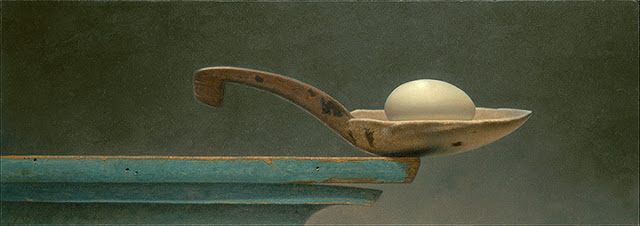.jpg)
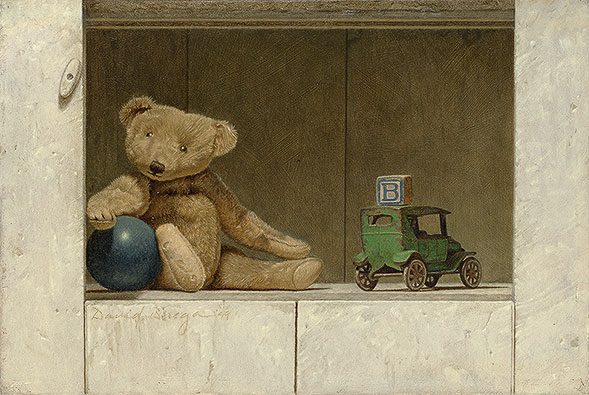.jpg)
.jpg)
.jpg)
.jpg)
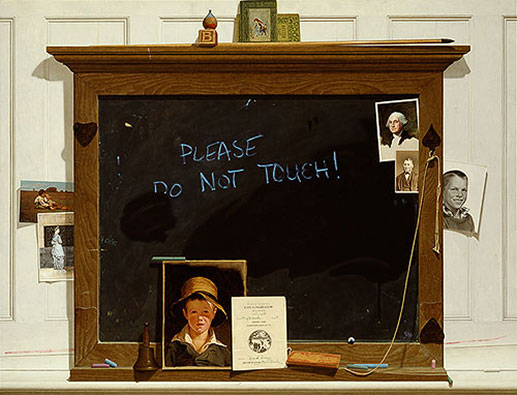.jpg)
.jpg)
.jpg)
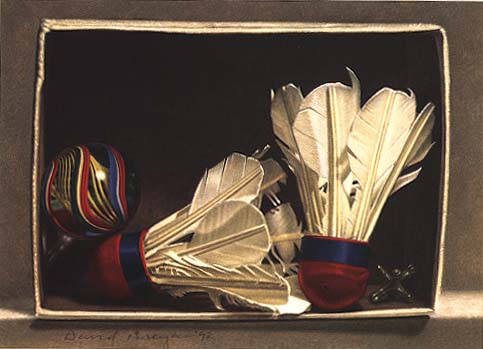.jpg)
.jpg)
.jpg)
.jpg)
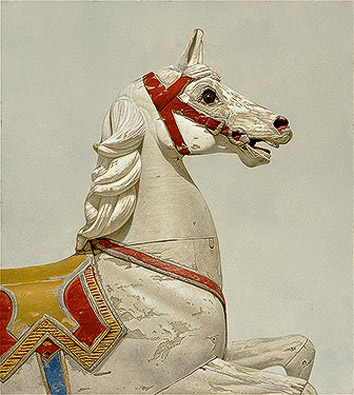.jpg)
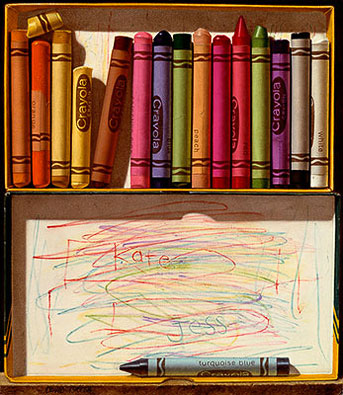.jpg)
.jpg)
.jpg)
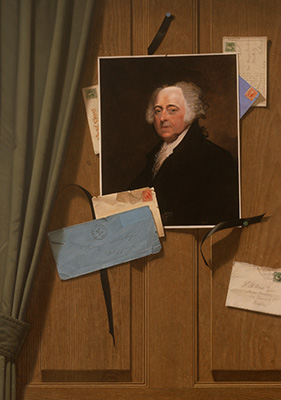.jpg)
.jpg)
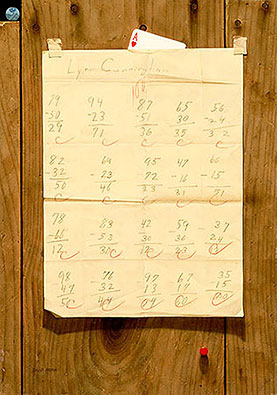.jpg)
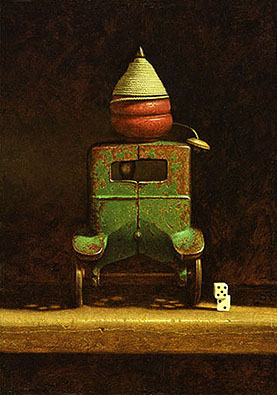.jpg)
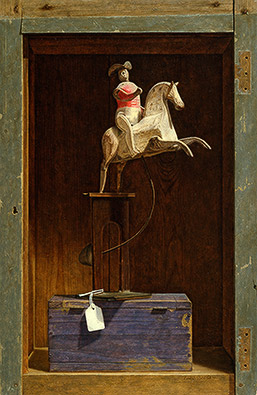.jpg)
.jpg)
.jpg)
.jpg)
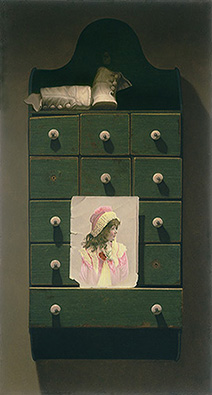.jpg)
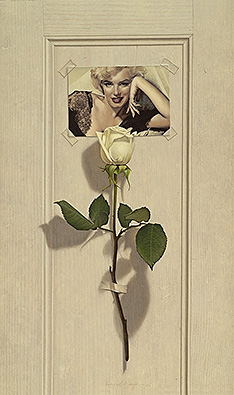.jpg)